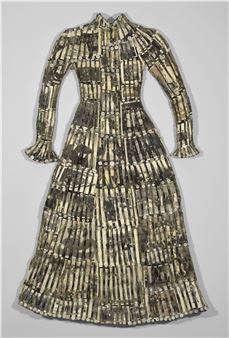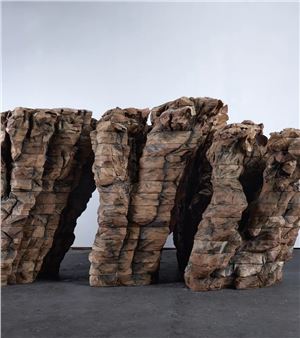American Abstraction: The Print Revival of the 1960s and ÔÇÿ70s
The early 1960s marked a significant turning point in American printmaking: the rise of communal studios provided new avenues for creative and technical exchanges between artists. Since the early 1940s, when Stanley William Hayter transplanted his Atelier 17 from Paris to New York, American artists were becoming familiar with a wide range of printmaking techniques. By the latter twentieth century, printmakers such as Tatyana Grossman, founder of ULAE (Universal Limited Art Editions), and June Wayne, who founded the Tamarind Workshop in Los Angeles, greatly enlarged and successfully marketed the printmaking enterprise.
These new-style printmakers began to take on some of the responsibilities of publishers and dealers, helping to streamline the production and distribution of artistsÔÇÖ prints. Artists formerly rooted in the solitary studio practices of Abstract Expressionist painting began to collaborate regularly with master printmakers (some, like Robert Motherwell, even going as far as to establish their own workshops). In California, the emergence of collaborative presses helped to rescue lithography from virtual extinctionÔÇöwhich in turn made abstract prints readily available to American collectors.

Recommended for you
The early 1960s marked a significant turning point in American printmaking: the rise of communal studios provided new avenues for creative and technical exchanges between artists. Since the early 1940s, when Stanley William Hayter transplanted his Atelier 17 from Paris to New York, American artists were becoming familiar with a wide range of printmaking techniques. By the latter twentieth century, printmakers such as Tatyana Grossman, founder of ULAE (Universal Limited Art Editions), and June Wayne, who founded the Tamarind Workshop in Los Angeles, greatly enlarged and successfully marketed the printmaking enterprise.
These new-style printmakers began to take on some of the responsibilities of publishers and dealers, helping to streamline the production and distribution of artistsÔÇÖ prints. Artists formerly rooted in the solitary studio practices of Abstract Expressionist painting began to collaborate regularly with master printmakers (some, like Robert Motherwell, even going as far as to establish their own workshops). In California, the emergence of collaborative presses helped to rescue lithography from virtual extinctionÔÇöwhich in turn made abstract prints readily available to American collectors.

 ARTISTS
ARTISTS
















